Filter by
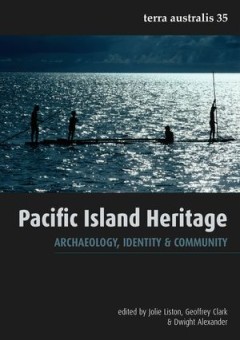
Pacific Island Heritage: Archaeology, Identity & Community
This volume emerges from a ground-breaking conference held in the Republic of Palau on cultural heritage in the Pacific. It includes bold investigations of the role of cultural heritage in identity-making, and the ways in which community engagement informs heritage management practices. This is the first broad and detailed investigation of the unique and irreplaceable cultural heritage of the P…
- Edition
- -
- ISBN/ISSN
- 9781921862489
- Collation
- -
- Series Title
- -
- Call Number
- 930.1 PAC p
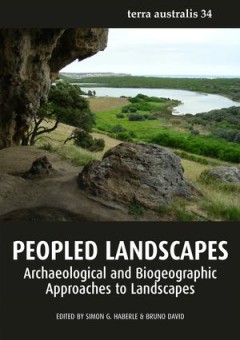
Peopled Landscapes: Archaeological and Biogeographic Approaches to Landscapes
This impressive collection celebrates the work of Peter Kershaw, a key figure in the field of Australian palaeoenvironmental reconstruction. Over almost half a century his research helped reconceptualize ecology in Australia, creating a detailed understanding of environmental change in the Late Pleistocene and Holocene. Within a biogeographic framework one of his exceptional contributions was t…
- Edition
- -
- ISBN/ISSN
- 9781921862724
- Collation
- -
- Series Title
- -
- Call Number
- 930.1 HAB p
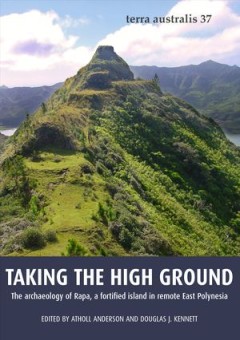
Taking the High Ground: The archaeology of Rapa, a fortified island in remote…
This volume brings the remote and little known island of Rapa firmly to the forefront of Polynesian archaeology. Thirteen authors contribute 14 chapters, covering not only the basic archaeology of coastal sites, rock shelters, and fortifications, but faunal remains, agricultural development, and marine exploitation. The results, presented within a chronology framed by Bayesian analysis, are set…
- Edition
- -
- ISBN/ISSN
- 9781922144249
- Collation
- -
- Series Title
- -
- Call Number
- 930.1 AND t
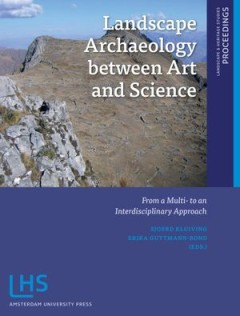
Landscape Archaeology between Art and Science
Researchers in landscape archaeology use two different definitions of landscape. One definition (landscape as territory) is used by the processual archaeologists, earth scientists, and most historical geographers within this volume. By contrast, post-processual archaeologists, new cultural geographers and anthropologists favour a more abstract definition of landscape, based on how it is perceiv…
- Edition
- -
- ISBN/ISSN
- 9789089644183
- Collation
- -
- Series Title
- -
- Call Number
- 930.1 KLU l
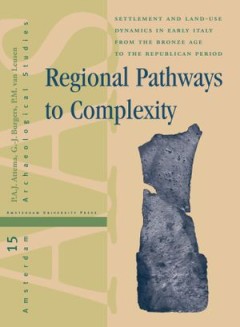
Regional Pathways to Complexity
Synthesizing almost 30 years of Dutch archaeological research in central and southern Italy, this book discusses and compares settlement and land use patterns from the late protohistoric period to the late Roman Republic. Exploring both social and environmental explanations, as well as interregional parallellisms and divergences, the authors take a multi-scalar approach (from micro-regional to …
- Edition
- -
- ISBN/ISSN
- 9789089642769
- Collation
- -
- Series Title
- -
- Call Number
- 930.1 BUR r
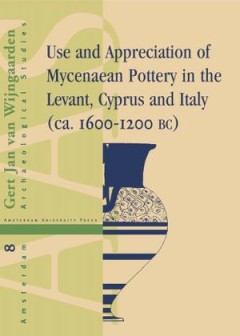
Use and Appreciation of Mycenaean Pottery in the Levant, Cyprus and Italy
Pottery made in the aegean during the Late Bronze Age has been found widely distributed in many parts of the Mediterranean. At some four hundred sites outside Greece, Mycenaean dinner and storage vessels, as well as some figurines have been discovered. As such, this class of archaeological artifacts constitutes one of the main sources by which to study Mycenaean trade and interregional contact.…
- Edition
- -
- ISBN/ISSN
- 9789053564820
- Collation
- -
- Series Title
- -
- Call Number
- 930.1 WIJ u
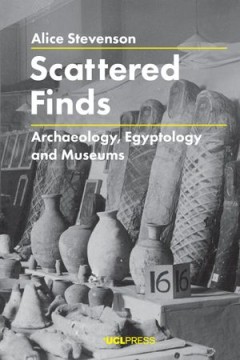
Scattered Finds : Archaeology, Egyptology and Museums
Scattered Finds explores the politics, personalities and social histories that linked fieldwork in Egypt with the varied organizations around the world that received finds. Case studies range from Victorian municipal museums and women’s suffrage campaigns in the UK, to the development of some of the USA’s largest institutions, and from university museums in Japan to new institutions in post…
- Edition
- -
- ISBN/ISSN
- 9781787351400
- Collation
- -
- Series Title
- -
- Call Number
- 900 STE s
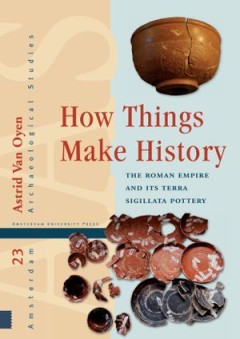
How Things Make History The Roman Empire and its terra sigillata Pottery
Bright red terra sigillata pots dating to the first three centuries CE can be found throughout the Western Roman provinces. The pots' widespread distribution and recognisability make them key evidence in the effort to reconstruct the Roman Empire's economy and society. Drawing on recent ideas in material culture, this book asks a radically new question: what was it about the pots themselves tha…
- Edition
- -
- ISBN/ISSN
- 9789048529933
- Collation
- -
- Series Title
- -
- Call Number
- -
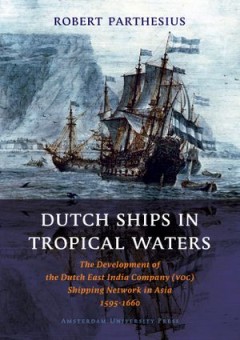
Dutch Ships in Tropical Waters
The end of the 16th century saw Dutch expansion in Asia, as The Dutch East India Company (the VOC) was fast becoming an Asian power, both political and economic. By 1669, the VOC was the richest private company the world had ever seen. This landmark study looks at perhaps the most important tool in the Company' trading - its ships. In order to reconstruct the complete shipping activities of the…
- Edition
- -
- ISBN/ISSN
- 9789053565179
- Collation
- -
- Series Title
- -
- Call Number
- -
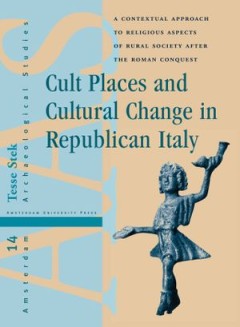
Cult Places and Cultural Change in Republican Italy
This scholarly study throws a new light on the Roman impact on religious structures in Republican Italy. In the last four centuries BC, Italy went through immense changes. The Apennine and Adriatic areas were originally inhabited by various 'Italic' tribes and characterised by a specific non-urban societal organisation, in which cult places had a pivotal function. From the fourth century BC onw…
- Edition
- -
- ISBN/ISSN
- 9789089641779
- Collation
- -
- Series Title
- -
- Call Number
- -
 Computer Science, Information & General Works
Computer Science, Information & General Works  Philosophy & Psychology
Philosophy & Psychology  Religion
Religion  Social Sciences
Social Sciences  Language
Language  Pure Science
Pure Science  Applied Sciences
Applied Sciences  Art & Recreation
Art & Recreation  Literature
Literature  History & Geography
History & Geography